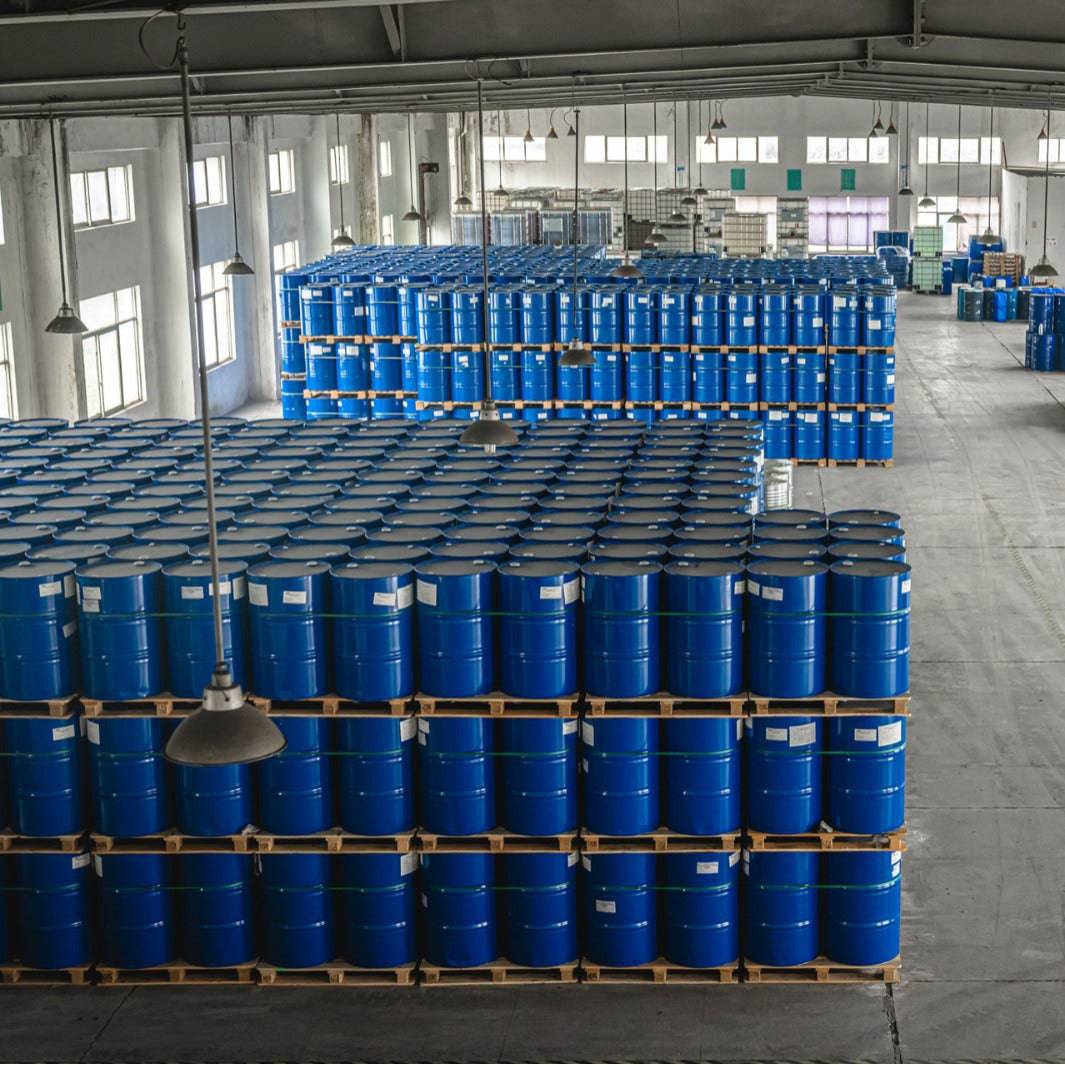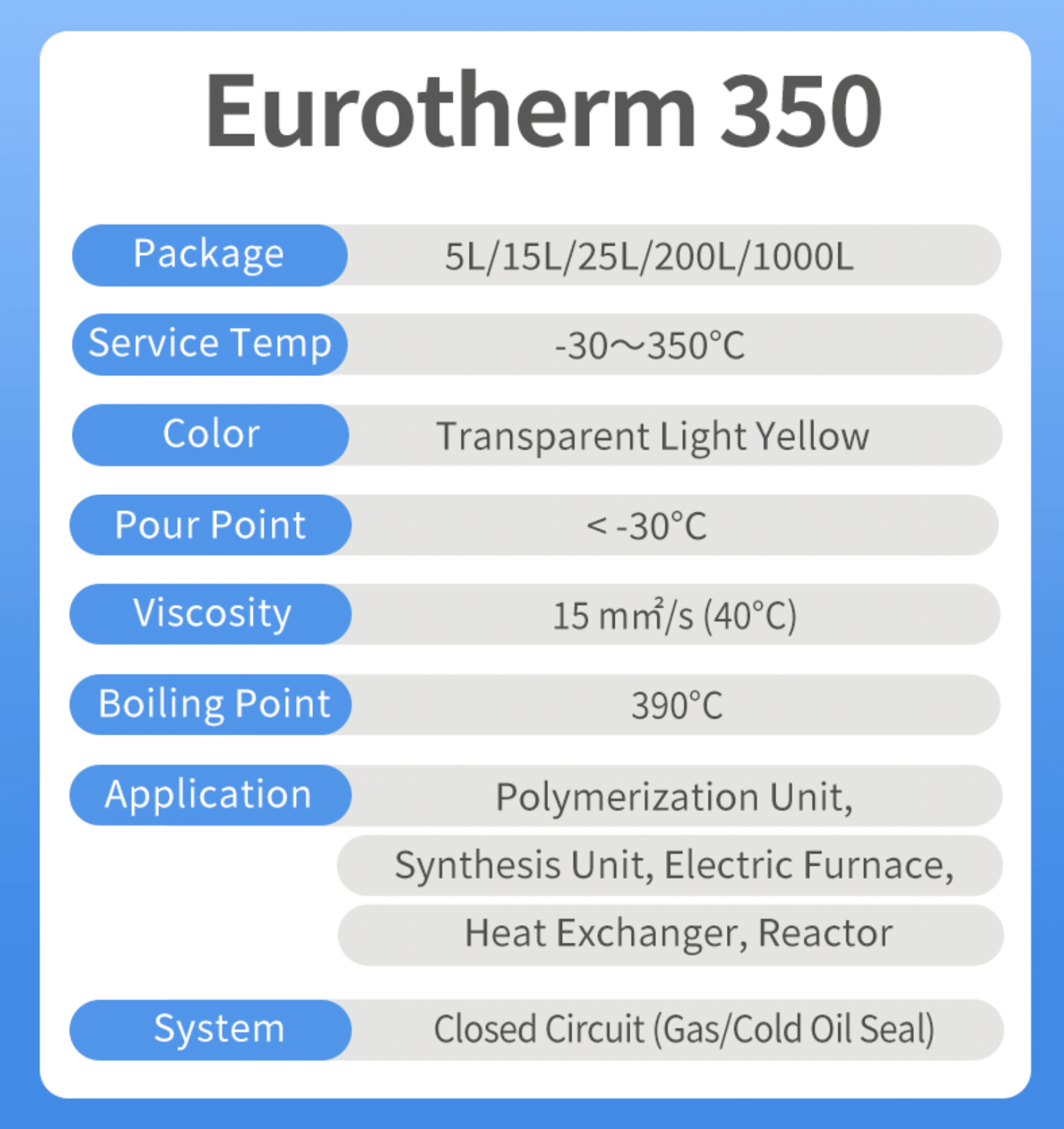Some Known Facts About Chemie.
Some Known Facts About Chemie.
Blog Article
The Only Guide for Chemie
Table of ContentsThe Greatest Guide To ChemieNot known Factual Statements About Chemie Facts About Chemie RevealedA Biased View of ChemieTop Guidelines Of ChemieA Biased View of Chemie
By Bojanna Shantheyanda, Sreya Dutta, Kevin Coscia and David SchiemerDynalene, Inc. Fluid air conditioning, which can be attained utilizing indirect or direct ways, is made use of in electronic devices applications having thermal power densities that might go beyond safe dissipation with air cooling. Indirect fluid air conditioning is where warm dissipating digital components are physically separated from the fluid coolant, whereas in case of direct air conditioning, the components are in direct contact with the coolant.However, in indirect air conditioning applications the electric conductivity can be essential if there are leakages and/or spillage of the liquids onto the electronic devices. In the indirect cooling applications where water based fluids with rust inhibitors are typically used, the electric conductivity of the liquid coolant primarily depends on the ion focus in the fluid stream.
The increase in the ion focus in a closed loop fluid stream might occur due to ion seeping from metals and nonmetal elements that the coolant fluid is in contact with. During procedure, the electrical conductivity of the liquid may raise to a degree which can be dangerous for the cooling system.
How Chemie can Save You Time, Stress, and Money.
(https://blogfreely.net/chemie999/dielectric-coolant-a-game-changer-in-heat-transfer-fluids)They are bead like polymers that can trading ions with ions in a service that it is in contact with. In today work, ion leaching examinations were carried out with different steels and polymers in both ultrapure deionized (DI) water, i.e. water which is treated to the highest degree of pureness, and low electrical conductive ethylene glycol/water mixture, with the measured adjustment in conductivity reported gradually.
The samples were allowed to equilibrate at room temperature level for two days prior to tape-recording the preliminary electrical conductivity. In all examinations reported in this research liquid electric conductivity was measured to an accuracy of 1% using an Oakton CON 510/CON 6 series meter which was calibrated before each measurement.
The 25-Second Trick For Chemie
from the wall surface home heating coils to the facility of the furnace. The PTFE sample containers were placed in the heating system when consistent state temperature levels were reached. The test configuration was removed from the heater every 168 hours (7 days), cooled to space temperature with the electrical conductivity of the liquid determined.
The electrical conductivity of the liquid sample was kept track of for a total amount of 5000 hours (208 days). Number 2. Schematic of the indirect shut loophole cooling experiment set up - dielectric coolant. Table 1. Parts used in the indirect shut loop cooling experiment that touch with the liquid coolant. A schematic of the experimental configuration is shown in Figure 2.

The Main Principles Of Chemie
The adjustment in liquid electric conductivity was kept track of for 136 hours. The liquid from the system was accumulated and kept.

0.1 g of Dowex resin was included in 100g of liquid examples that was absorbed a separate container. The mix was stirred and change in the electric conductivity at room temperature was measured every hour. The gauged adjustment in the electrical conductivity of the UP-H2O and EG-LC test liquids containing polymer or steel when immersed for 5,000 hours at 80C is shown Number 3.
Top Guidelines Of Chemie
Ion seeping experiment: Calculated modification in electrical conductivity of water and EG-LC coolants containing either polymer or metal samples when immersed for 5,000 hours at 80C. The outcomes suggest that metals added fewer ions into the liquids than plastics in both UP-H2O and EG-LC based coolants.
Liquids having polypropylene and HDPE showed the most affordable electric conductivity adjustments. This might be due to the short, stiff, linear chains which are much less likely to contribute ions check over here than longer branched chains with weaker intermolecular forces. Silicone additionally carried out well in both test liquids, as polysiloxanes are normally chemically inert due to the high bond power of the silicon-oxygen bond which would avoid destruction of the product right into the fluid.
Getting My Chemie To Work
It would certainly be anticipated that PVC would generate similar outcomes to those of PTFE and HDPE based upon the comparable chemical frameworks of the materials, nevertheless there might be various other pollutants present in the PVC, such as plasticizers, that may impact the electric conductivity of the liquid - heat transfer fluid. In addition, chloride groups in PVC can likewise seep into the examination liquid and can trigger a boost in electrical conductivity
Buna-N rubber and polyurethane revealed indicators of degradation and thermal decomposition which recommends that their possible energy as a gasket or glue product at greater temperature levels might bring about application issues. Polyurethane completely broke down right into the examination fluid by the end of 5000 hour test. Number 4. Prior to and after pictures of metal and polymer examples submersed for 5,000 hours at 80C in the ion seeping experiment.
Calculated modification in the electrical conductivity of UP-H2O coolant as a feature of time with and without resin cartridge in the shut indirect cooling loophole experiment. The gauged change in electrical conductivity of the UP-H2O for 136 hours with and without ion exchange resin in the loophole is displayed in Figure 5.
Report this page